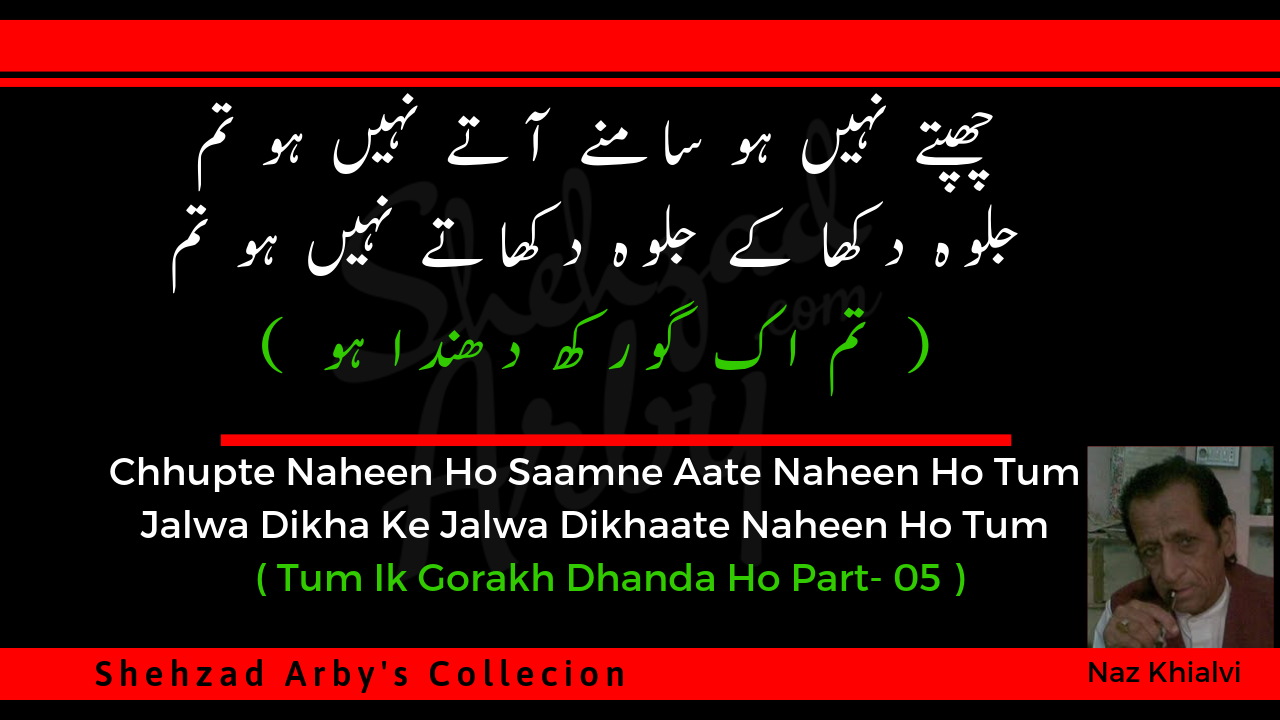

It gives soul to the universe, wings to the mind, flight to the imagination, and charm and gaiety to life and to everything.” – Plato Rani Taj from India is another famous dhol performer. His talent took him to great levels of fame and is now an international figure.

One of the best dhol performers of Pakistan is Papu Saeen. The dhol varies in size and is usually quite large with a strap that will strap around the shoulder. All Pakistani music songs/tracks consist of the dhol as part of their music madness when assembling the track. The sticks that strike the Dhol are made of wood – bamboo wood and cane wood. The Dhol actually dates back to the 15th century, that’s how old it really is! In was used in the Punjab region of Pakistan and India to keep the farmers going to work. The Dhol, a double sided barrel drum, is the most sought after and used instrument in the music industry of sub-continent (Pakistan and India). The dhol rythms of Bhangra, Dhamal and Kaharva takes you to higher levels of of ecstasy. The sound of the Dhol, if you ever hear it, is just insane! It is one of the best sounds ever in the music industry not to mention the sub-continent music industry! In one hand, a pencil-thin stick liberates high-pitched notes from one side of the large drum hanging from the neck of performer while a thicker, hooked one demands a strong pulse from the dagga, or bass side. The sound of dhol is so load and beautiful, I can feel it in my heart. The one music instruments that just makes my spirit to soar is ‘Dhol’. – Daily Prompt by The Daily PostĪlthough I cannot play any musical instrument, I am an avid music listener. This version is loud and powerful, with excellent percussion (check out the vocals at 0:49 and the change in beat at 17:58).Do you play an instrument? Is there a musical instrument whose sound you find particularly pleasing? Tell us a story about your experience or relationship with an instrument of your choice. Highlights: Fareed Ayaz & Abu Muhammad paid tribute to the Sabri Brothers and Amjad Sabri through a more traditional performance. The Thunderous Tribute by Fareed Ayaz & Abu Muhammad (2016) While not focusing on the raw and spontaneous nature of traditional qawwali, this version lets their amazing, highly-trained voices shine.ĥ. Highlights: This is a really cool (and rare) rendition by two of Bollywood’s most famous singers, Sonu Nigam and Sukhwinder Singh. The Indian Masters’ Version by Sonu Nigam & Sukhwinder Singh (1992) At times, the emotion in his unique voice really comes through.Ĥ. Highlights: Atif’s Coke Studio version is also not traditional qawwali, but it includes a wider array of instruments that enhance the song. The Coke Studio Rendition by Atif Aslam (2015) It’s an amazing composition in its own right, with lots of overlapping vocal tracks, and the female background vocals at the beginning are really mesmerizing.ģ. Highlights: Amjad Sabri ventures out of traditional qawwali in this soulful collaboration with Shahi Hasan. The Second Generation by Amjad Sabri & Shahi Hasan They show their musical mastery in this qawwali by repeatedly varying the pace and volume, taking listeners on a journey.Ģ. The two brothers’ voices are very distinct and complementary. Highlights: The original is always the original, and here the Sabri Brothers are at their best. The Timeless Original by the Sabri Brothers Post any more versions of “Tajdar-e-Haram” that you enjoy in the comments!ġ.
#Tum ek gorakh dhanda ho coke studio full#
You can find my full translation of the poetry here. The original by the Sabri Brothers is obviously very hard to match, but I think others have also done justice to it. In no particular order, here is my list of the top five versions of the qawwali “Tajdar-e-Haram”.


 0 kommentar(er)
0 kommentar(er)
